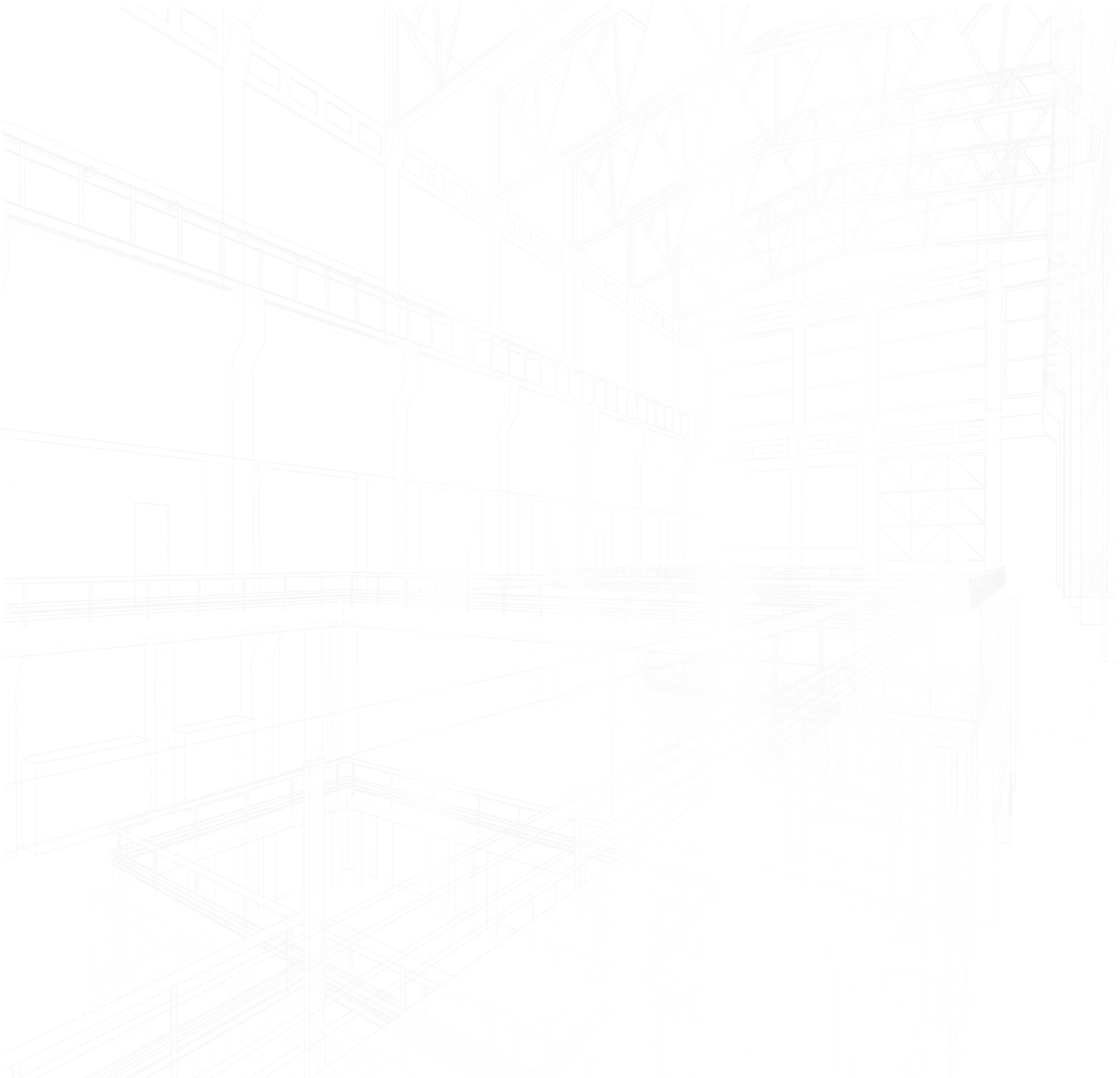
It is known that Japan is a country with many earthquakes. In order to resist the destructive force of earthquakes, they fully consider the impact of the earthquake when they construct buildings.
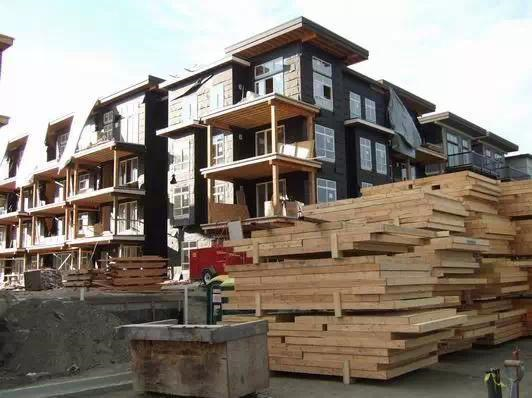
For the construction in Japan, there are three anti-seismic concepts. They are seismic resistance (namely shock-proof in China), seismic damping capacity (namely shock absorption in China) and seismic vibration free (namely shock isolation in China). Seismic restraint is the most common requirement and mainly applied on the low-level building. The limitation of seismic restraint ensures only the integrity of the structure rather than the personal and property safety. The damping capacity makes the damage concentrate on several places while protection other places in a building from damaging. One way to realize is to put many kinds of dampers in the building. Dampers will absorb energy when the earthquake occurs. After the earthquake, just these dampers should be replaced with new ones. Another way is to put oil pressures. Its function is equivalent to a fuse. Generally, more than one oil pressures would be set in each floor of the high-rise building. The vibration free is to avoid the building shaking during the earthquake. The cost of changing buildings with seismic resistance into vibration free only needs to increase by 5% ~ 10% in Japan.
Introduction of anti-seismic technology in Japan
The most common technology in Japan is shock absorption technology. There are two main schemes:
One is a purely mechanical damping mechanism, which uses the relative motion between the two platforms to dilute the shaking caused by seismic waves.
The second is to install the cushioning parts made of special elastic rubber and steel plate in the building. These rubber layers are very durable and generally have a service life of about 60 years, which can reduce the shaking degree of buildings by 1 / 3 to 1 / 5. When an earthquake comes, it can effectively maintain the balance of the house. People can't even feel the shaking in the house when the earthquake level is low, but only feel the slight shaking when the earthquake is high.
The third is the combination of the above two.
Some devices with shock absorption technology can reach the level of vibration free. For example, The sliding device TASS, developed by Dachengconstruction company in Japan, could support free vibration. The principle of this device is to install sliding support with components and replacement parts from special materials between building and foundation. It will reduce the seismic force and interlayer deformation which directly applied on the buildings.
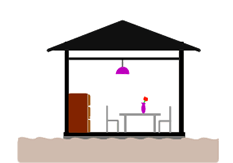
None anti-seismic technology
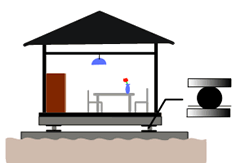
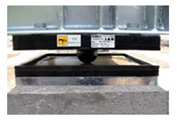
With platform mechanical damping mechanism

Schematic diagram of earthquake movement for platform damping mechanism
In multi-storey and high-rise buildings, damping columns are also used on each floor to absorb the energy caused by building shaking during earthquake and protect the key key main columns and beams from damage.
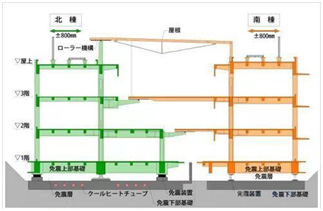
Platform mechanical damping and damping columns for multi-storey and high-rise buildings
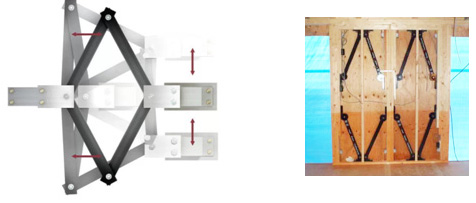
Schematic diagram of earthquake movement for damping columns
Other measures to improve the anti-seismic of buildings
Japanese buildings pay special attention to material selection. Brick buildings are almost no longer used in Japan, but are replaced by new materials with light weight and high strength, such as resin, aerated concrete and carbon fiber. Even if the buildings using these materials collapse and fall, they will not cause serious harm to human body. And the installation is so convenient and so easy as play with building blocks.
CFT steel pipe,for example, has a maximum diameter of 800 mm and a thickness of 40 mm, and is filled in the pipe core with special concrete three times higher strength than the normal concrete.
In Northeast Japan, in order to cope with the heavy snow, the roofs of houses mostly use iron plate materials. Using iron plate as a roof is much lighter than with tiles. Special high strength super laminated synthetic rubber is used in the periphery of the building, and systematic laminated natural rubber is also used in the central part of the building. In the event of an earthquake of magnitude 6 or above, this protective device can reduce the stress of the building by half.
Generally residential buildings are recommended to use of box design in the architectural structure, so as to ensure that the houses will not disperse in the event of an earthquake, and can roll over as a whole even in severe shaking without damage.In the building structure, a small area of door and window structure is also adopted to effectively improve the seismic resistance of the building.
Japan makes stress on continuous improvement and perfection in construction law
After every catastrophic earthquake in Japan, the Ministry of Land-Resources-Transportation will organize the building anti-seismic investigation, and put forward opinions on the modification of the building construction law from time to time according to the investigation results. Of course, the law is also regularly revised every few years to follow up the practical and forward-looking guidance and specifications for anti-seismic buildings.
Japanese architects will strictly follow the anti-seismic requirements of the building construction standards and law when designing buildings. Professional technicians will regularly evaluate the seismic reinforcement grade of civil houses and and public buildings.
The government will give residents appropriate subsidies and incentives, who improves the anti-seismic of old houses or build new buildings with high anti-seismic.
Source: www.52hejia.com